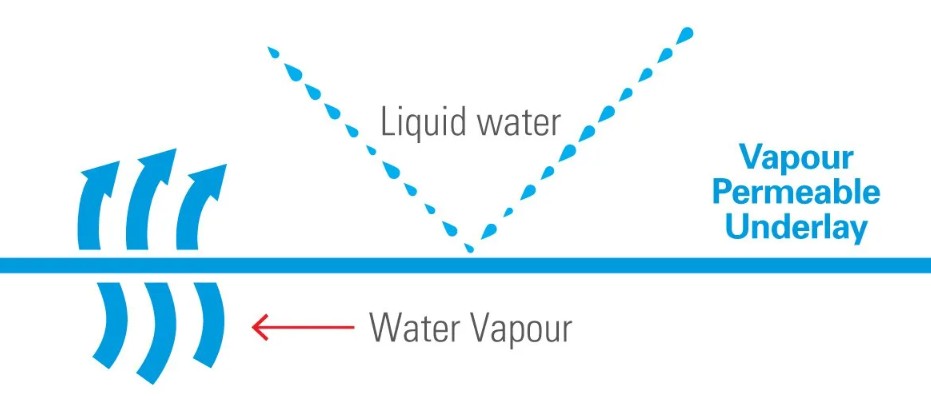
1.11.2025

The Role of Vapour Permeable Air Barriers in Passive House Construction
Designing and constructing a Passive House requires careful attention to every layer of the building envelope. While insulation and high-performance windows often get most of the attention, air and moisture management play an equally critical role. One of the most effective tools for balancing airtightness with moisture safety is the use of vapour permeable air barriers.
Why Airtightness Matters in Passive House
At the heart of the Passive House standard is airtightness. Limiting uncontrolled air leakage reduces heat loss, improves indoor comfort, and ensures that the ventilation system performs efficiently. Achieving the stringent Passive House airtightness target (≤0.6 ACH @ 50 Pa) requires continuous air barrier systems that are robust, durable, and carefully installed.
Balancing Airtightness and Vapour Control
While airtightness is essential, moisture must still be managed. Buildings naturally accumulate moisture from occupants, cooking, and daily activities. If this moisture is trapped within walls or roofs, it can lead to condensation, mold growth, and long-term structural damage.
This is where vapour permeable air barriers come in. Unlike traditional vapour barriers(such as polyethylene sheets), vapour permeable membranes allow water vapour to diffuse outward while still providing airtightness. This “breathability” helps building assemblies dry to the exterior if any incidental moisture enters, reducing the risk of hidden mold or rot.
Benefits of Vapour Permeable Air Barriers in Passive House
1.Airtightness with Safety – Delivers the airtightness needed for certification while managing vapour movement safely.
2.Drying Potential –Supports the drying of assemblies, especially important in climates with seasonal changes.
3.Durability –Reduces the chance of long-term building envelope failures.
4.Design Flexibility– Can be applied as exterior wraps, sheathing-integrated membranes, or interior systems, depending on climate and wall assembly.
5.Comfort and Efficiency – By ensuring air control without trapping moisture, they contribute to better indoor air quality and long-lasting energy performance.
Key Considerations for Successful Use
Climate-Specific Design: The placement and type of air barrier must be adapted to local climate conditions (cold, mixed, or hot-humid).
Continuity: Careful detailing at transitions (windows, doors, foundation, roof) is essential for airtightness.
Compatibility: Ensure materials work together—air barrier membranes, tapes, sealants, and insulation should be tested as a system.
Quality Installation: Even the best product will fail if not installed properly. Passive House-trained trades are key.
Conclusion
Vapour permeable air barriers embody the Passive House philosophy: smarter design for healthier, more durable, and more efficient buildings. By allowing assemblies to dry while maintaining airtightness, they protect both the building and its occupants. For builders and designers aiming to achieve Passive House performance, these membranes are an invaluable component of a resilient building envelope.